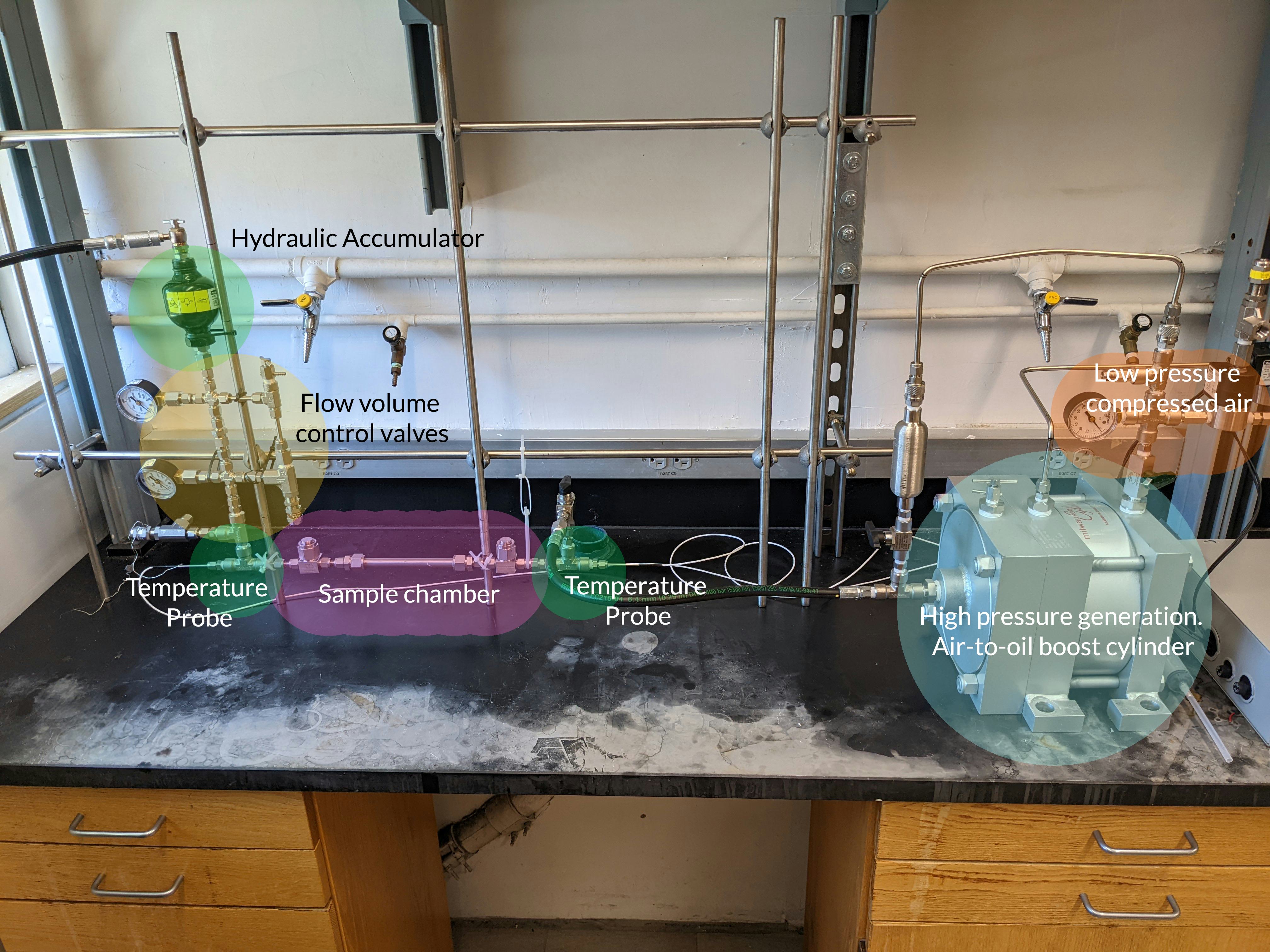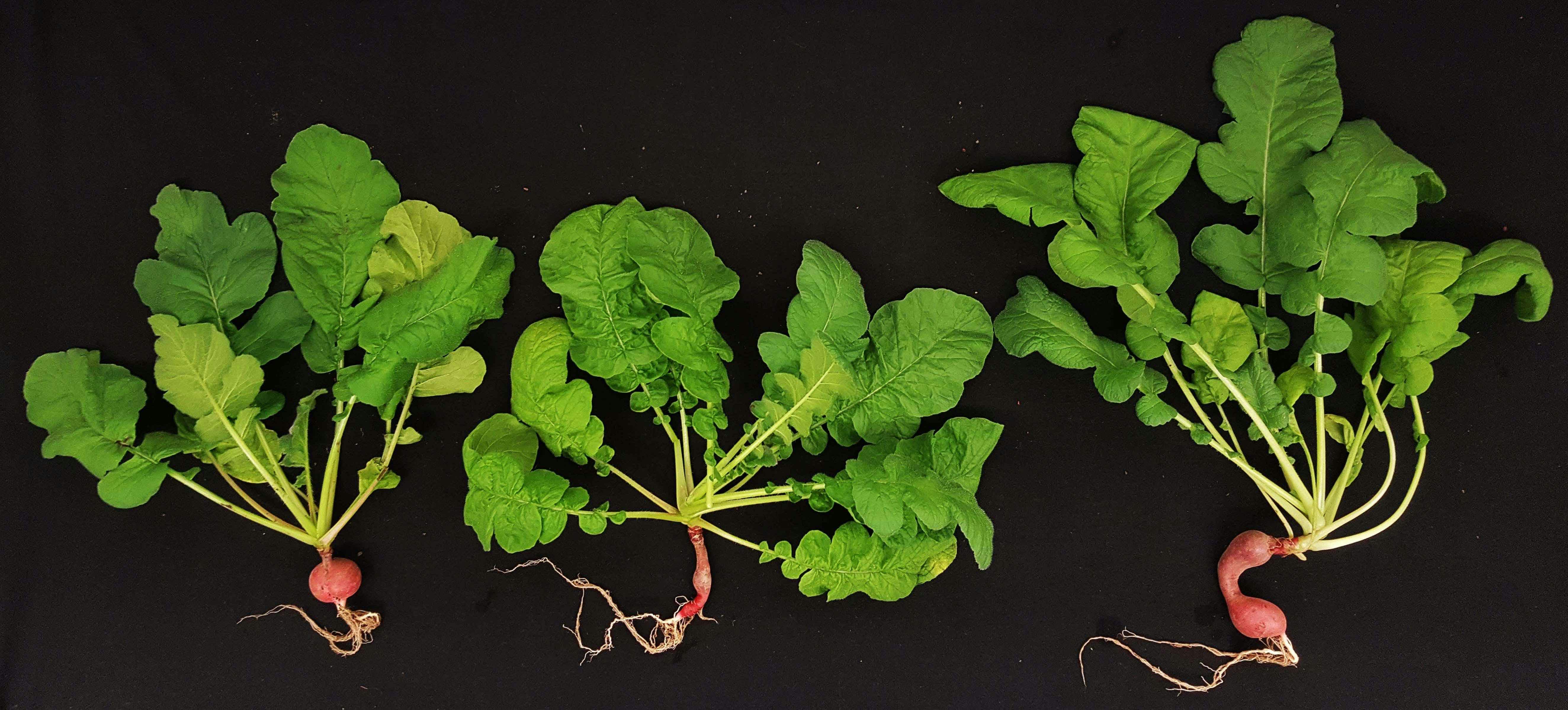
As climate change brings longer, more frequent, and more severe heat waves, air conditioning will only become a hotter (or should we say cooler) commodity. While this sought-after system eases the impacts of a warming world, it also contributes to the problem: Hydrofluorocarbons, or the refrigerant chemicals that make air conditioning possible, are thousands of times worse for the environment than carbon dioxide. That’s because they’re particularly good at trapping heat.
In fact, a mere kilogram of an HFC emitted into the atmosphere is just as harmful as a ton or more of carbon dioxide. Ironically, HFCs were developed as a more environmentally friendly alternative to chemicals called chlorofluorocarbons, which depleted the ozone layer.
While less than a third of the world’s households have air conditioning, this technology has contributed to around 11 percent of greenhouse gas emissions. Going forward, we need to find a way to stay cool without beckoning even more brutal temperatures.
A team of researchers from Harvard University may have found a frosty solution: The scientists developed a new type of eco-friendly refrigerant that comes in solid form, rather than a gas that can leak into the atmosphere. They presented the first-of-its-kind device at the fall meeting of the American Chemical Society.
What’s new — ACs work by turning HFC fluids into gases that expand and absorb heat, turning a room nice and chilly. To change HFCs from liquid to gas and back again, the machine pumps them through a series of coils that travel both outdoors and indoors. The liquid first evaporates within the indoor coil, removing the heat from indoor air. Next, the machine releases the hot gas outside (a source of significant pollution). At that point, the refrigerant loses its heat to the outdoor air turns back into a fluid, and the process repeats.
But the new AC concept could eliminate the need for harmful liquid refrigerants. Harvard chemists Adam Slavney and Jarad Mason looked into barocaloric materials, which were originally studied for their magnetic properties. When pressure is applied to this type of material, its internal molecular structure changes and releases heat.

Think of it like melting wax, though this material never turns into a liquid, Mason says in a press release.
Barocaloric materials typically come with a major drawback, though: Most need massive amounts of pressure to get warm, which requires expensive equipment that wouldn’t be practical to cool people’s homes.
The discovery — Fortunately, Slavney and Mason found that metal-halide perovskites, a cheap-to-produce type of barocaloric material, could theoretically heat up with the pressure provided by AC units with hydraulics systems.
Their AC prototype works like this: A metal tube is packed with a solid refrigerant and a static liquid, namely water or oil. Then, a hydraulic piston puts pressure on the liquid, which helps transfer the pressure to the refrigerant and carry heat throughout the system.
This environmentally conscious AC concept still has a ways to go before it can chill the world, though. “Our system still doesn’t use pressures as low as those of commercial refrigeration systems, but we’re getting closer,” Mason says in the press release.
Now that they’ve perfected their device, the researchers aim to test different barocaloric materials and find which works best. “We’re really hoping to use this machine as a testbed to help us find even better materials,” Slavney says, including ones that work at lower pressures and can conduct heat better.
For now, just try to turn off your AC when you leave the house.
Read more about the presentation.
On the horizon ...

When (and if) astronauts land on Mars and grow peckish, it’s unclear what exactly they’ll eat. In past experiments, researchers aiming to grow food in Mars’ inhospitable soil have helped their seedlings along with generous amendments of, well, Earth: By combining the planet’s nutrient-scarce regolith with our own rich topsoil, it’s much easier to nurture plants into something you might actually want to eat.
But on a Mars mission — where every ounce must be accounted for when whizzed across the solar system — most astronauts would probably prefer to carry a payload of something other than tons and tons of dirt.
To solve this dilemma, scientists at Iowa State have proposed a circular farming system that could satisfy future Mars dwellers’ appetites. First, they had to remove salt from water with Mars-like qualities, which tends to be quite briny. They did this with the help of cyanobacteria, which got rid of the salt by swapping out the mineral’s ions. Next, they planted alfalfa in soil that mimics the real thing on Mars, which they made by crushing basaltic volcanic rocks.
Once that alfalfa was composted back into the regolith, the Earth plants sprouted up much quicker, kickstarting the process into a feedback loop that could, in time, lead to healthier, larger, and faster-growing space crops.
But it isn’t clear what farming will actually look like on the dusty, distant planet. “We’re on the very basic end of research, this is a proof of concept. Is it really viable in terms of how much food it produces?” study author and geomicrobiologist Elizabeth Swanner tells Inverse. “I don’t think we know that yet.”
Read the full story to find out more.
Here’s what else we’re reading...
- Could 80 become the new 40? Advances in medicine might make that a reality, according to CBC Radio.
- Capitol Records signed an AI-powered virtual rapper. NME breaks it down.
- This eye test could screen children for autism. Washington State University Insider takes a look.
- Alaska’s snow crabs disappeared — it isn’t clear where they ended up. Climate change is a likely culprit, according to The Seattle Times.
- UK drivers won’t be liable for self-driving accidents. TechCrunch has the details.







